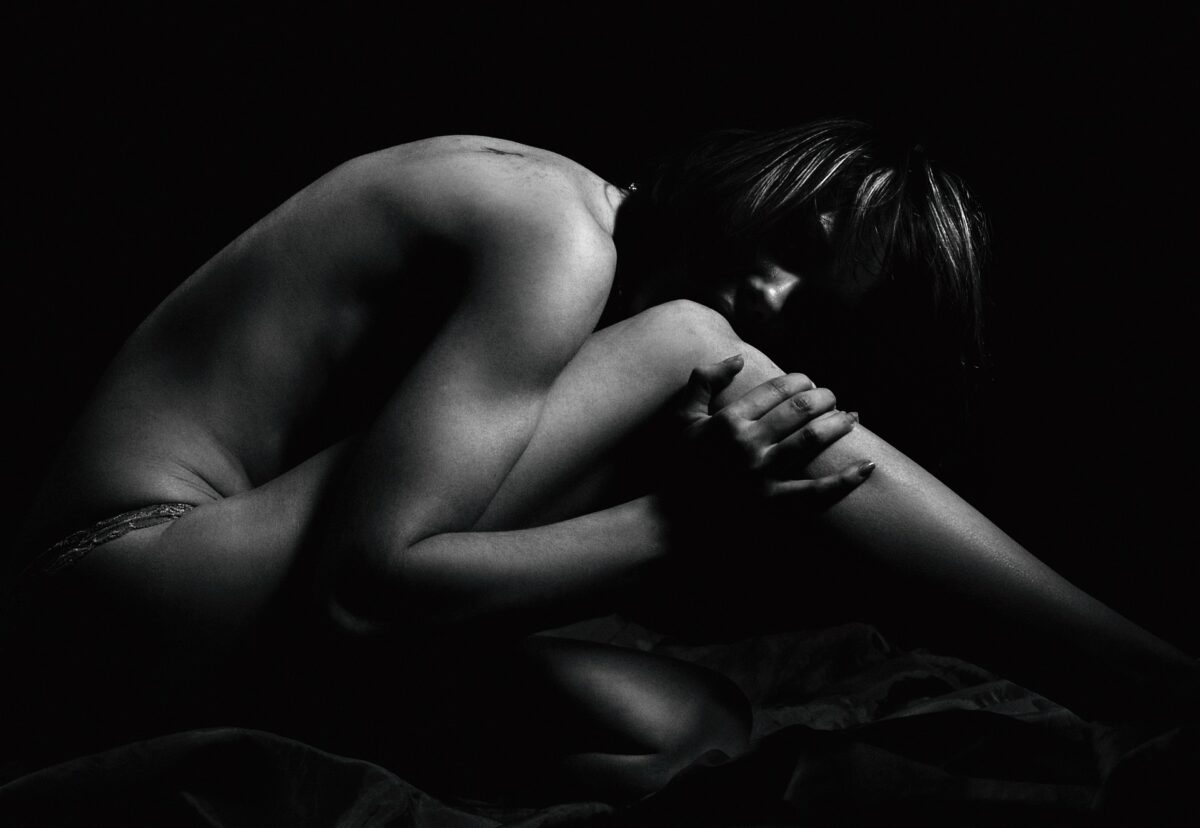Different scars require different treatments. A few common scars include:
- Burn scars.
- Keloid scars.
- Hypertrophic scars, unlike keloids, do not grow out of the boundaries of the scar area, but because of their thick, raised texture, can be unsightly.
Facial scars can be unattractive simply because of where they appear on the face, while others affect facial expressions.
All surgical possibilities will be discussed in the initial consultation along with the risks involved for each type of scarring.
The goal of facial scar treatment is to disguise the scar, relocate it, or minimise its prominence.
Important factors to be discussed with your doctor include:
- Skin type and colour.
- Ethnic background.
- Individual healing rates.
- Age.
Different types of scars respond to different surgical techniques. A person considering facial scar revision must understand that there is no way to remove scars completely.
We usually advise against any scar revision in cases where the scar is less than a year old.
Because scars are highly individualistic and the patient’s attitude toward scars is so personal, maximum improvement in facial scars may require more than one procedure. More than one technique may be employed.
The following is a general description of the surgery. Remember, each patient’s individual needs and features are considered before surgery.
Laser resurfacing is a method a doctor uses to make “rough or elevated” scars less prominent by removing part of the upper layers of skin with an abrading tool or laser light. The scar will remain, but it will be smoother and less visible.
Keloids or hypertrophic scars are often treated first with injections of steroids to reduce their size. If this is not satisfactory, the scars can be removed surgically, and the incisions closed with fine stitches, often resulting in less prominent scars.



